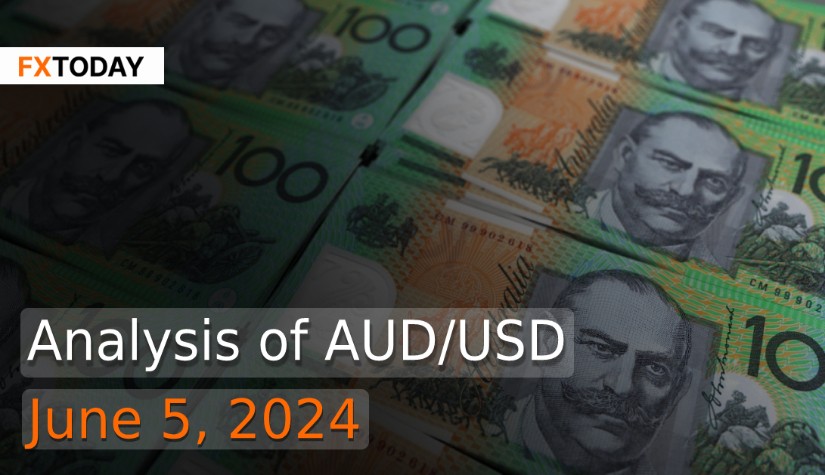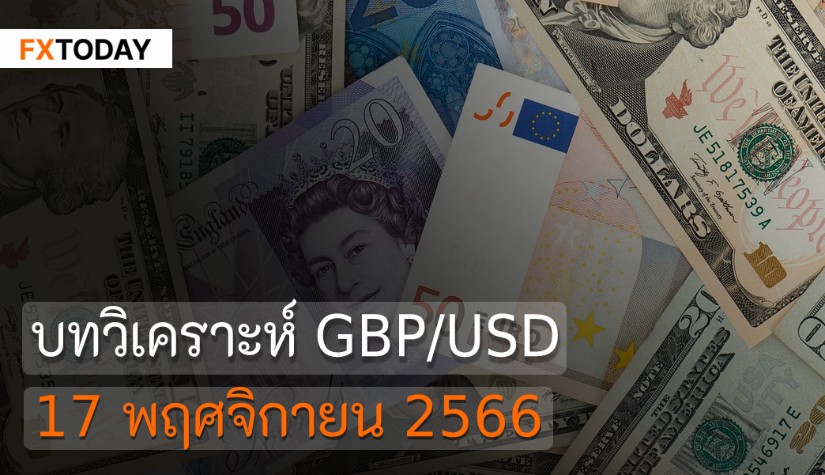Australian Inflation Hits Five-Month High, Interest Rates Expected to Stay Elevated
In April, Australian consumer price inflation rose unexpectedly to a five-month high, driven by increases in petrol, health, and holiday costs, suggesting that interest rates are unlikely to be lowered soon. The Australian Bureau of Statistics reported that the consumer price index (CPI) grew 3.6% year-on-year in April, higher than the expected 3.4% and up from 3.5% in March. This marks the second consecutive month of higher-than-expected inflation, with core CPI inflation steady at 4.1%, indicating persistent price pressures.
Inflation remains above the Reserve Bank of Australia's (RBA) target range of 2% to 3%, with expectations for it to fall within this range by the end of 2024 and stabilize by mid-2025. Persistent inflation is likely to keep interest rates high, with potential for further increases.
Retail sales in April rose only 0.1%, reflecting restrained consumer spending due to high mortgage rates and rising rents. Sales volumes per capita have declined for seven consecutive quarters, a trend typically seen in recessions.
Australia's minimum wage will increase by 3.75% to A$24.10 per hour from July 1, providing an extra A$33 per week for about 2.6 million employees. Despite lower inflation compared to last year, the wage hike aligns with current inflation rates.
Government spending rose in the March quarter, contributing to economic growth and partially offsetting a decline in net exports. Operational spending increased by 1.0% from the previous quarter, while investment in fixed assets fell by 0.9%.
Home prices in Australia surged in May, marking the largest monthly gain since October, driven by a supply shortage of affordable homes. Despite high interest rates, home prices are expected to continue outpacing overall inflation over the next few years, making Australia one of the world's most expensive housing markets.
On Wednesday, the U.S. dollar remained steady as traders became cautious about emerging markets ahead of an interest rate decision in Canada and upcoming U.S. services data. Despite predictions of a weaker dollar over the next 12 months, the dollar has remained strong, gaining 2.9% this year, primarily due to sustained high interest rates. Although analysts expect the Federal Reserve to ease policy by September, the dollar's performance will depend on U.S. inflation trends, currently at 2.7%. A separate Reuters poll indicates inflation might stay above the Fed's 2.0% target until late 2025, potentially maintaining the dollar's strength.
In April, new orders for U.S.-manufactured goods increased for the third consecutive month, driven by demand for transportation equipment. However, manufacturing remains constrained by the Fed's significant interest rate hikes since March 2022. The manufacturing PMI from the Institute for Supply Management showed contraction for the 18th time in 19 months in May.
U.S. job openings fell more than expected in April, hitting their lowest in nearly three years, which could aid the Fed's inflation fight. Job openings dropped by 296,000 to 8.059 million, leaving 1.24 openings per unemployed person, down from 1.3 in March. This ratio, closely monitored by Fed Chair Jerome Powell, indicates a softening labor market but not an alarming weakening. The number of people quitting their jobs rose by 98,000 to 3.507 million, while layoffs were at their lowest since December 2022.
Federal Reserve officials are expected to maintain the policy rate at 5.25%-5.50% next week, with no rate cuts likely until there is clear evidence of inflation moving toward the 2% goal. Financial markets are anticipating a possible rate cut in September and another in December. As a result, the AUD is likely to see a slight strengthening during this period. However, long-term gains are expected to remain limited.
Data for Technical Analysis (1H) CFD AUD/USD
Resistance : 0.6663, 0.6665, 0.6667
Support : 0.6659, 0.6657, 0.6655
1H Outlook
Source: TradingView
Buy/Long 1 If the support at the price range 0.6652 - 0.6659 is touched, but the support at 0.6659 cannot be broken, the TP may be set around 0.6663 and the SL around 0.6649, or up to the risk appetite.
Buy/Long 2 If the resistance can be broken at the price range of 0.6663 - 0.6670, TP may be set around 0.6676 and SL around 0.6656, or up to the risk appetite.
Sell/Short 1 If the resistance at the price range 0.6663 - 0.6670 is touched, but the resistance at 0.6663 cannot be broken, the TP may be set around 0.6657 and the SL around 0.6673, or up to the risk appetite.
Sell/Short 2 If the support can be broken at the price range of 0.6652 - 0.6659, TP may be set around 0.6644 and SL around 0.6666, or up to the risk appetite.
Pivot Points Jun 5, 2024 03:40AM GMT
|
Name
|
S3
|
S2
|
S1
|
Pivot Points
|
R1
|
R2
|
R3
|
|---|---|---|---|---|---|---|---|
| Classic | 0.6651 | 0.6655 | 0.6657 | 0.6661 | 0.6663 | 0.6667 | 0.6669 |
| Fibonacci | 0.6655 | 0.6657 | 0.6659 | 0.6661 | 0.6663 | 0.6665 | 0.6667 |
| Camarilla | 0.6658 | 0.6659 | 0.6659 | 0.6661 | 0.6661 | 0.6661 | 0.6662 |
| Woodie's | 0.6651 | 0.6655 | 0.6657 | 0.6661 | 0.6663 | 0.6667 | 0.6669 |
| DeMark's | - | - | 0.6657 | 0.6661 | 0.6663 | - | - |
Sources: Investing 1, Investing 2
















